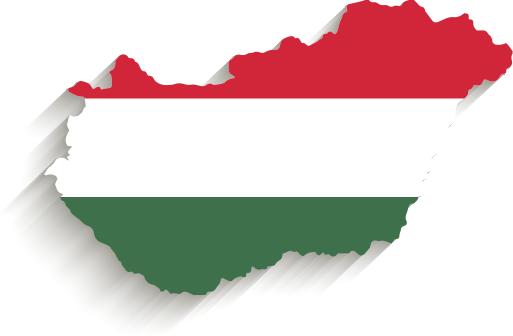(Grant Agreement n. 669194)
It is conceivable that West European integration was beyond the scope of the activity of the central bank – the Hungarian National Bank – which concentrated its efforts on stabilising Hungary’s financial situation. The semi-public official journal of the Hungarian National Bank, Bankszemle (Bank Review), only published a few articles on East-West economic cooperation, integration within the Council for Mutual Economic Assistance (CMEA) and protectionism in general. The single case in which the focus was especially on the European Economic Community (EEC) was an article in 1986 dealing with Hungarian agricultural exports to the Community.
János Fekete, Vice President of the National Bank, built a wide network in Western banking circles from the 1960s onwards. He promoted himself as a faithful communist who was also an excellent businessperson. Thanks to his permanent presence at international banking meetings and conferences, he became a highly appreciated representative of Hungary and Eastern Europe. In 1979, for example, the leading international business magazine, the Institutional Investor, published a four-page article on his career with the title “The Communists’ Best Banker.” Although he had an opinion-making personality, he did not express his opinion on the EEC or even the European Monetary System in his speeches.
The internal correspondence between the National Bank and the state apparatus provides further modest information. In 1970, the Department of Economics of the National Bank reviewed a proposal dealing with trade policy on the basis of development of the world economy and international trade. It suggested promoting industrial cooperation within the CMEA and at the same time broadening collaboration with the EEC. In August 1971, the Foreign Currency Department commented on a proposal dealing with current issues in EEC development. The review report noted that Hungary’s bargaining position with the EEC was gradually weakening every year due to the growing weight of the Community’s common commercial policy and the lack of a coordinated CMEA trade policy. The National Bank suggested that the CMEA should adopt a proactive policy to counterbalance the influence of the EEC.
In September 1978, a new governmental proposal on a feasible continuation of the CMEA-EEC talks was reviewed by the National Bank. Its Foreign Currency Department remarked that due to its organisational structure and its unresolved internal problems, the CMEA was not capable of managing the inter-bloc talks. Therefore, the central bank argued, the dialogue should be continued but it was a suitable time for formulating the Hungarian standpoint to initiate bilateral negotiations with the EEC. The Foreign Currency Department also warned that Hungary had to take the first step to avoid sizeable losses in trade, and the internal and external financial situation of the country did not permit any postponement of launching talks with the EEC. In July 1979, when analysing the Foreign Trade Ministry’s next proposal the same department requested concrete state measures to launch Hungary’s independent negotiations with the EEC instead of the protracted and ineffective CMEA-EEC talks.
In the eyes of the National Bank, Hungary’s “unresolved” relation with the EEC was a serious obstacle that hindered its exports, and indirectly (through the foreign trade balance) negatively affected the entire financial balance. Although publicly the central bank was somewhat passive concerning foreign trade policy issues, behind the scenes it was the genuine engine driving the economic policy turnaround. The second oil shock in 1979 and the following credit crisis generated new constraints for the Hungarian economic leadership, and the National Bank played a vital role in the crisis management. Following Hungary’s membership of the International Monetary Fund in 1982, the country had become highly dependent on new loans and had to familiarise itself with Western-dictated economic therapies. From that moment, collaboration with the West was not an optional possibility but an obligatory task if Hungary intended to avoid a Polish-type economic collapse or South American-type financial bankruptcy. However, an agreement with the EEC would not improve Hungary’s export position so radically that for the National Bank it would be worth confronting the position of the Ministry of Foreign Trade and the foreign trade enterprises on this issue.
* This text summarises some of the research findings of PanEur1970s team member Pàl Germuska, which are published as a chapter in PanEur1970s’ academic edited book. For a link to the e-book, please see Hungary’s “Overview” webpage of this map.
|
Remarks to the Committee for International Economic Relations on the Foreign Trade Ministry’s proposal
MNL OL XXIX-L-1-e 492. d. | 411/1978, DI 24/PP/Kné
The CMEA was not capable of managing inter-bloc talks, therefore Hungary itself should initiate bilateral negotiations with the Common Market to avoid sizeable losses in trade. - Available here. |
